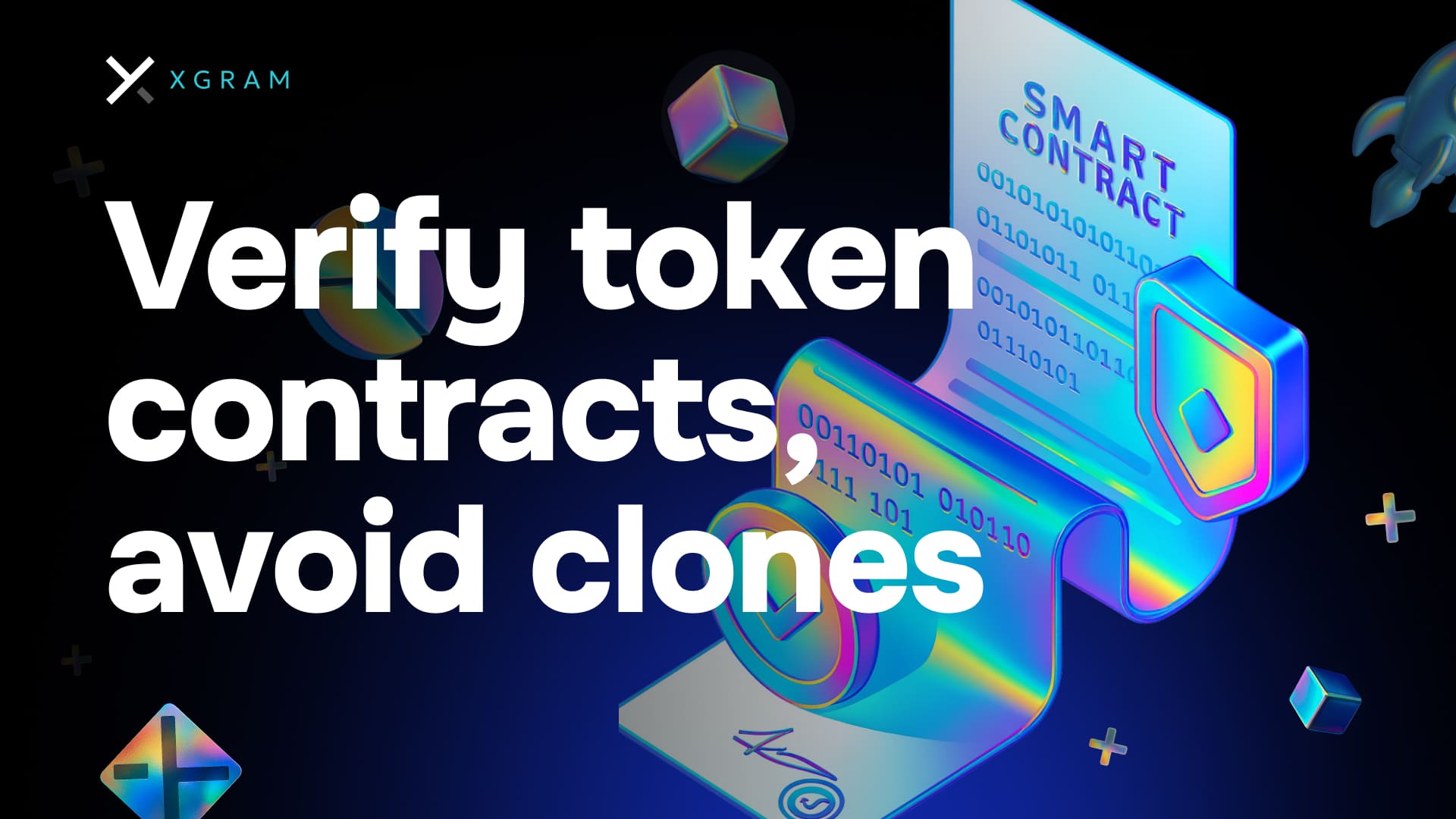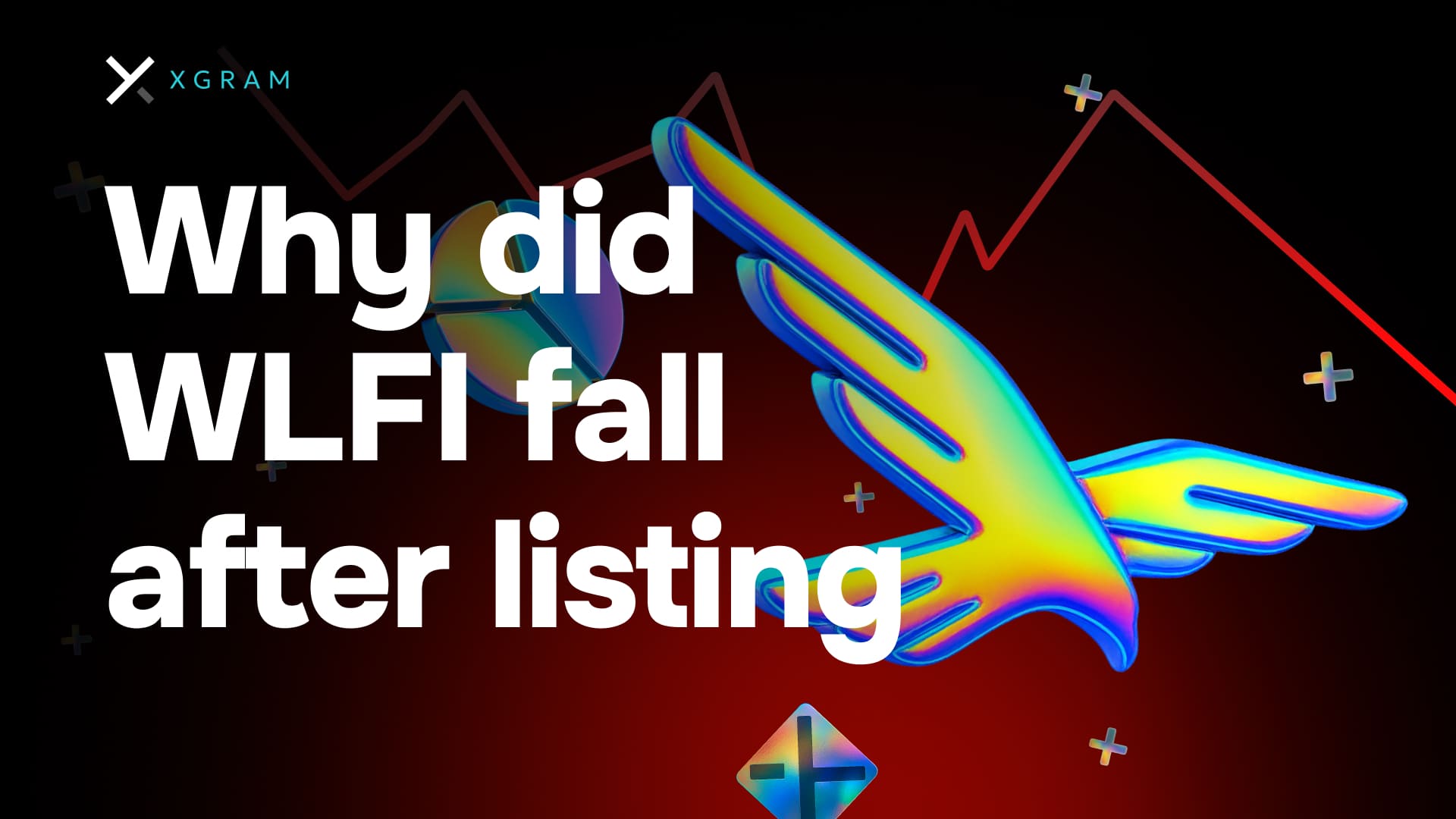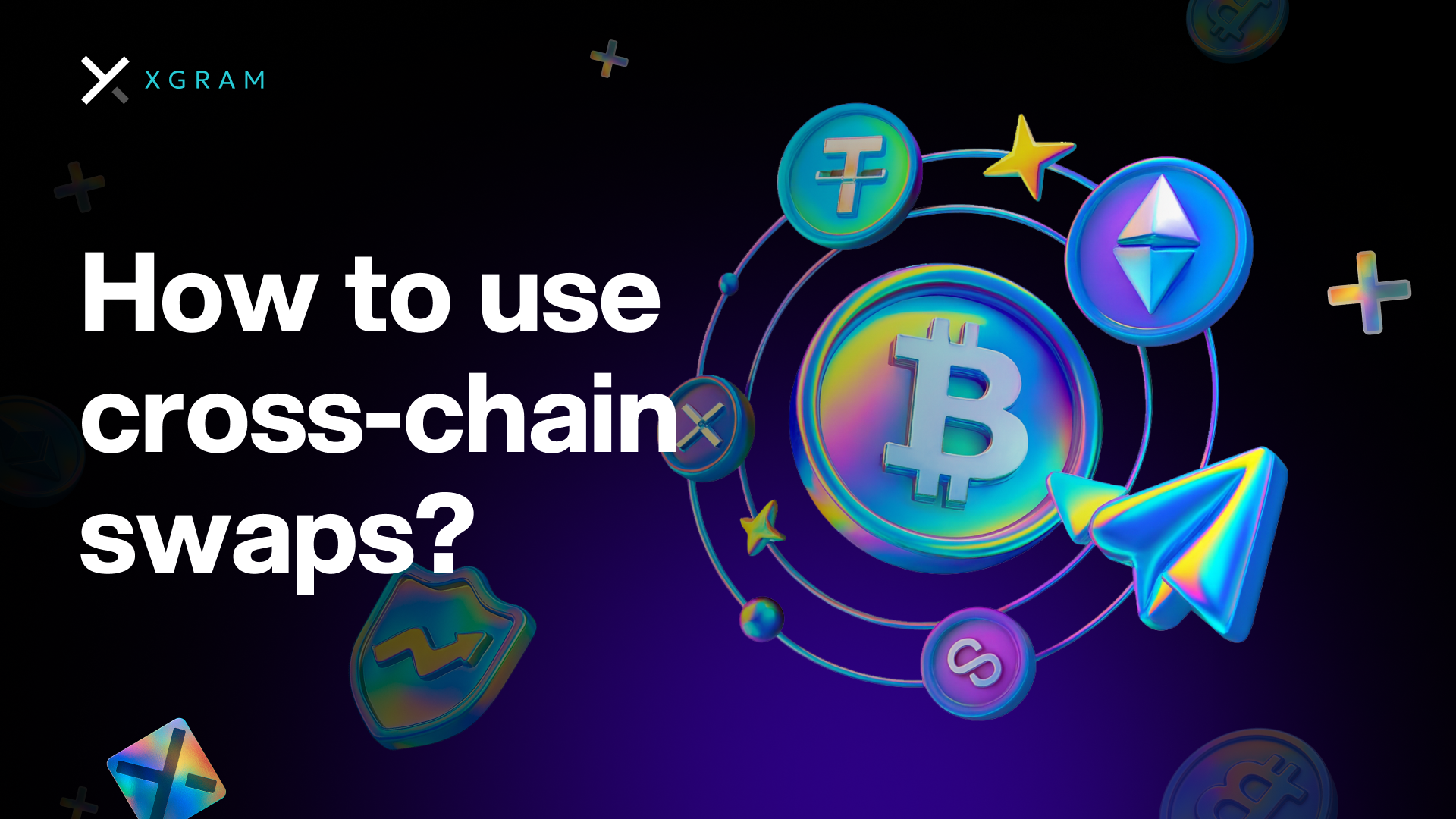In mid August the community debated a possible monero 51 attack. The Qubic pool said it held a majority share of hashrate. Short chain reorganizations were observed. Monero’s privacy stayed intact. The focus is short term finality and operational risk when crediting transactions.
Timeline August 12 and August 21
On 12 August market sources reported Qubic exceeding 50 percent of hashrate. In theory this enables rewriting very recent blocks, attempting double spends and censoring transactions. Public estimates mentioned a daily cost near 75 million dollars to maintain control. In practice observers recorded shallow reorgs.
On 21 August the community started a public review of PoW hardening. Ideas include merged mining, ChainLocks style finality, hardware localization and diversification, and refined branch selection rules. Kraken paused XMR deposits during the uncertain phase and later raised confirmation thresholds. Some participants argue it was a limited reorg rather than a durable majority. Others view the episode as PR more than a structural threat.
What 51 percent means on PoW
A steady majority can publish a longer branch faster than the rest of the network. That lowers confidence in the newest confirmations and opens a window for double spend. Monero’s privacy cryptography remains intact. Stealth addresses and hidden amounts are not exposed. The issue is finality.
What users and services actually observed
Short reorgs of a few blocks and a skewed hashrate distribution were recorded. Telemetry was inconsistent at times, so independent estimates differed. Services used straightforward mitigations. They increased required confirmations and in some cases paused deposits until metrics stabilized.
Why skew happens and how to contain it
Mining economics concentrates power in pools with better payout terms. Mid size PoW networks can shift quickly. This is not a flaw in Monero’s cryptography. It is an incentives and coordination problem. The remedy is clear. Broaden the miner base, reduce concentration at a single operator, and shrink the reorg window with protocol tools and infrastructure guidance.
What XMR holders should do now
Ask for more confirmations when receiving XMR. Send a small test before the main transfer. Verify transactions in two independent explorers. Update wallet software. If you run a business keep a written playbook for prolonged reorg events.
FAQ
Is Monero privacy broken
No. Privacy is independent of hashrate share. The risk is finality of fresh blocks
Did Qubic hold a durable majority
Shallow reorgs and a hashrate skew were observed. Long lived dominance remains debated
How many confirmations are safe right now
Temporarily higher than usual. The exact threshold depends on amount and your risk tolerance
What changes are being considered
Merged mining, ChainLocks like techniques and refined branch selection to limit reorg depth




